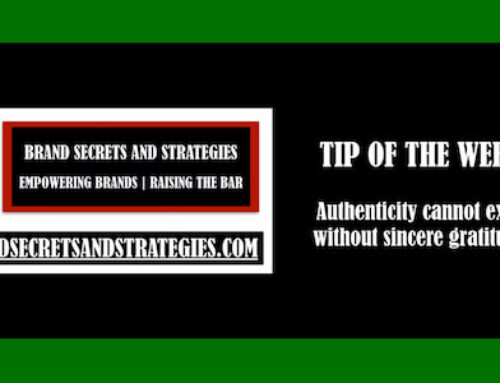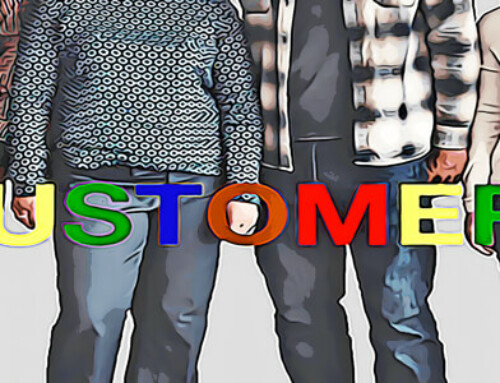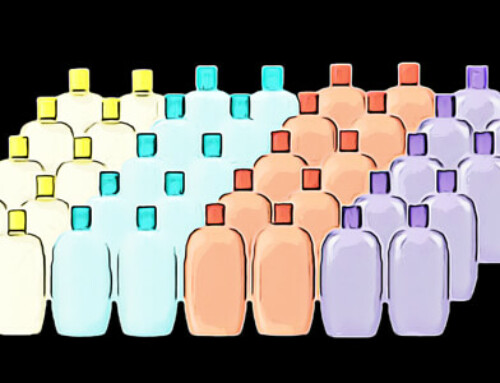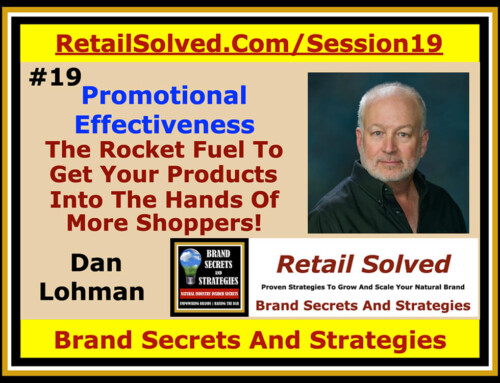I’ve had the privilege of working with hundreds of brands in all stages of development – from start-up to well-established national brands. Rarely do I work with brands that have a clear grasp of the true costs associated with their product. This is critically important because it impacts your profits, retailer margins, product allocation, forecasting, and trade marketing ROI.
True category management takes all of this into consideration.
It encompasses everything needed to help brands effectively grow sustainable sales while maximizing ROI – brand contribution. Brand contribution is the profit the brand delivers back to the company and the retailer. This is a key metric because it determines the strength of a brand’s ability to compete effectively.
What does it really cost to make a single box of cereal, a bag of granola, a protein bar, etc. and then get that item into the hands of the consumer? Do you know exactly what it costs to produce one sellable unit of your product? What about 5,000 units? What about 100,000 units? Few companies have a good strategy to account for the volatile pricing of some ingredients, especially if there are huge swings in sales volume.
Consider the dramatic change at the pump. Gasoline had jumped to over $4.00 per gallon and it is now half that price. That impacts all the raw ingredients as well as the costs to get the product on retailer shelves. This can cause brands to over or underestimate or forecast their expenses.
This becomes more important for growth brands. For example, a brand selling in 160 stores suddenly expands to 400 stores. They will need to more than double the inventory they have on hand to support the growth. Not having enough inventory to support the growth could cripple the brand for any future expansion while having too much puts a tremendous strain on their working capital.
The cost of an item goes well beyond totaling its ingredients including labor and packaging. Knowing the true cost of an item is critical to help you identify your true profit margins, especially during a promotion. This can help you better manage costs and keep them under control. Paying close attention to ingredient prices, fuel prices, and market conditions can also help you predict pricing fluctuations, giving you an opportunity to schedule ingredient purchases to take advantage of optimal pricing opportunities.
Understanding the true cost of producing an item is called cost accounting and can dramatically impact your ability to maximize item ROI. While this is not traditionally a category management function, it is crucial to help you determine the profitability of a promoted item, the cost of acquiring a customer, and the impact of gaining additional distribution.
Business owners should be comfortable with the term “cost of goods sold,” which is calculated by subtracting your total sales (income from the sale of your branded products) from your expenses. Cost accounting is an advanced accounting discipline that focuses on identifying the true cost of an item. For example, it drills down to the cost of the glue required to hold the box together as well as the cost of refrigerating a single pint of milk for one hour. The more granular your understanding of your costs, the better you will be able to manage them. This will also help you average those costs to account for changing market conditions. Then when an ingredient price increases or fuel costs change, you won't be blindsided.
Most manufacturers don't typically apply this level of sophistication to product costing. They frequently include the entire bottle of glue and all of the utilities as lump sum totals in the fixed expenses section of their income statement. This strategy doesn't give you a good insight into what it actually costs to produce your products. It can confuse costs as your sales increase, leading you to misrepresent your cost of goods sold. This becomes a bigger issue when you try to calculate your margins and when placing a value on your company and your brands.
From a true category management standpoint, this can directly affect your ability to compete effectively. Misstated costs can cause you to improperly price products, especially when promoted.
What pricing strategies work for you?
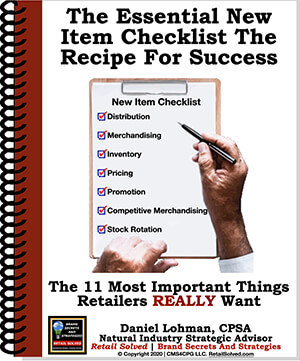
Want A Competitive Edge? The Recipe For Success
New product innovation is the lifeblood of every brand. New products fuel sustainable growth, attract new shoppers and increase brand awareness. Know the critical steps to get your product on more retailer’s shelves and into the hands of more shoppers.
Empowering Brands | Raising The Bar
Ever wish you just had a roadmap? Well, now you do!
Don’t miss out on all of these FREE RESOURCES (strategic downloadable guides, podcast episodes, list of questions you need to be asking, and know the answers to, the weekly newsletter, articles, and tips of the week. You will also receive access to quick and easy online courses that teach you how to get your brand on the shelf, expand distribution, understand what retailers REALLY want, and address your most pressing challenges and questions.
All tools that you can use, AT NO CHARGE TO YOU, to save you valuable time and money and grow your sales today!
Image is the property of CMS4CPG LLC, distribution or reproduction is expressively prohibited.



